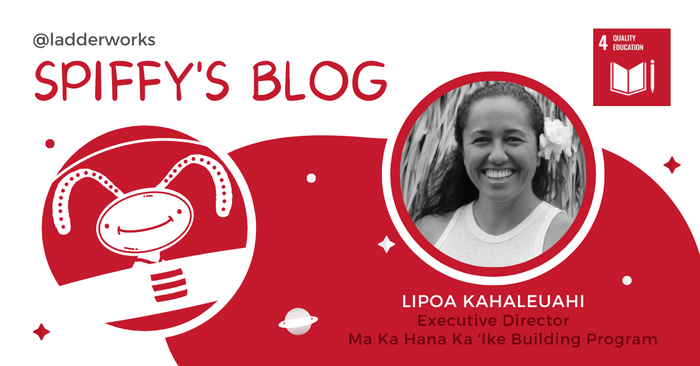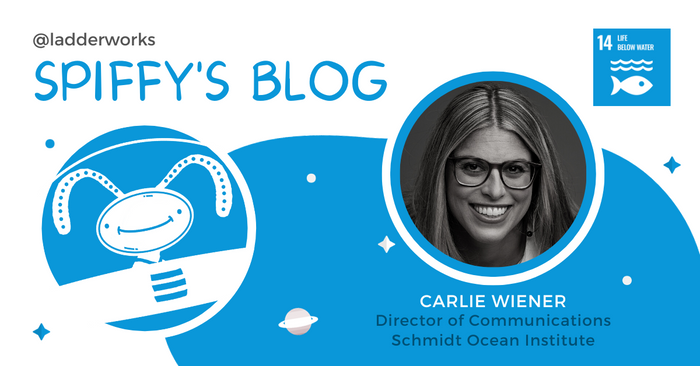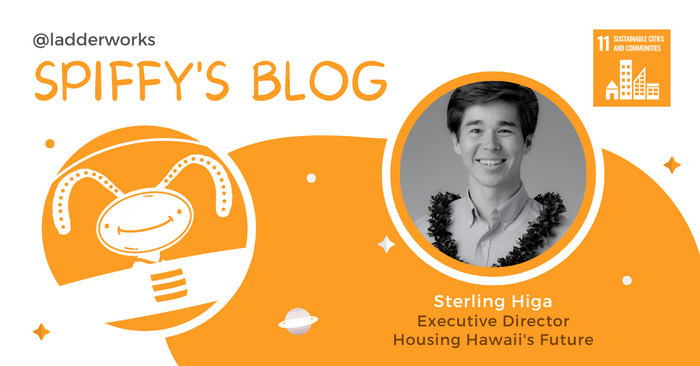Lipoa: Thanks for having me, Spiffy! Hāna is among Hawai'i's most remote and underserved regions; the nearest urban facilities are a four hour round trip drive. The community comprises 394 households, and the U.S. Census reported that over 71% of residents are Native Hawaiian. Hāna's remoteness and lack of economic opportunity have resulted in an overall poverty rate of 22%, with the rate falling upwards of 42% for Native Hawaiians.
Carlie: Thanks for having me, Spiffy. Schmidt Ocean Institute is boldly exploring our unknown ocean with our research vessel Falkor (too) and underwater robot ROV SuBastian. We provide ship time for scientists around the globe to conduct cutting-edge science with the goal of generating new information and interest in our ocean and the creatures that live in it. We openly share all of our discoveries to inform the wise stewardship of our planet.
Sep 23, 2022
Posted by: Jason Block
HI,
Honolulu,
SDG 11,
SDG 12,
SDG 13,
SDG 14,
SDG 15,
SDG 9,
Sterling Higa,
USA
Sterling Higa: Though Hawai‘i is often stereotyped as paradise, it comes at a price. The cost of living in Hawai‘i is more than many locals can afford. Housing is the largest expense for most families. The underlying economics of building in Hawai‘i, a burdensome system of regulations, and NIMBY ("not in my backyard") opposition groups combine to create a system where not much housing is being built at a price that local families can afford. Housing Hawaii's Future rallies students and young locals to educate themselves, get civically engaged, and take action to address the housing affordability crisis in Hawai‘i.




